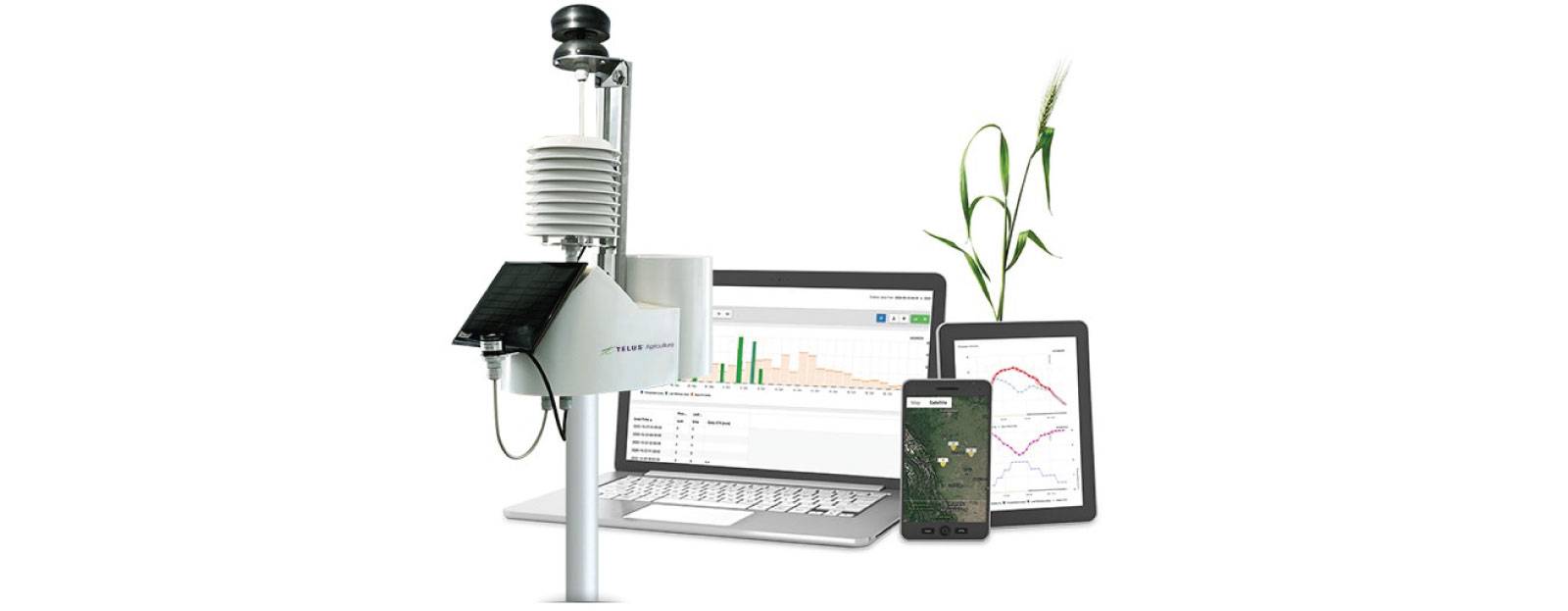
“Telus has a significant diversification strategy,” says Mr. Ormann, “Our CEO views the future of Telus as more of a tech company, and as such, a lot of our diversification strategy focuses in on the area of technology and areas that are socially significant.”
Telus Agriculture focuses on enabling the data ecosystem for agriculture and connecting the farm to the rest of the ag value chain. The company is designed for the ag-retailer and helps build the world’s most trusted food systems by linking the food supply chain with an integrated and connected data exchange.
Telus Agriculture will exchange information between agri-business, farm & ranch, and agri-food sectors by working with the industry to enable the collection and movement of data. With over five acquisitions and investments, 1,300 team members globally, 160,000,0000 acres in the company’s data ecosystem, and 20 of the top 25 global food brands supporting the initiative, Telus Agriculture is working to create a more connected and sustainable agriculture industry.
Telus also provides customer service solutions to the ag-retailer, such as precision-ag services, scouting tools, and customer profit analysis tools. This technology enables additional services that support new revenue lines and help sell current product lines.
According to Ormann 65% of farms already have some sort of solution implemented on their farm, and Telus’s imagery solutions, sales solutions, record keeping, and weather stations make it easy for businesses to access the information that they need. Technology also enables businesses to conduct operations with customers digitally which could include online ordering, digital quotes, linking ERP systems, and blending plants and labs online.
These tools and insights bring additional value propositions to the ag-retailer. Typically, retailers have better insights into what is happening with the customer, and Telus’ range of platforms support the continued use of data to add value to your business.
“The hope is that these solutions give retailers the insights that they need to have those conversations with manufacturers,” says Mr. Ormann. “Manufacturers pay for that solution, but the retailer also gets as much or more benefit from the solution as a whole.

